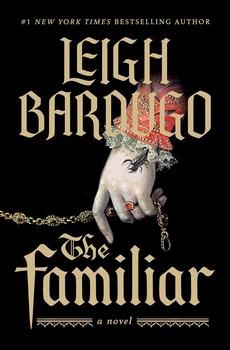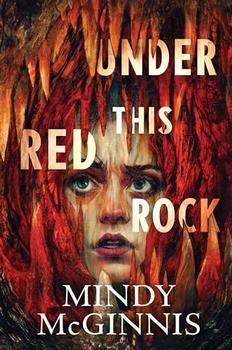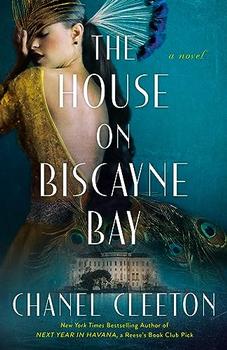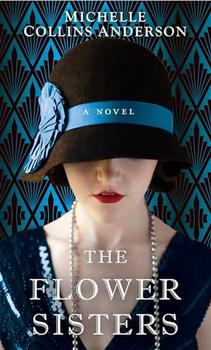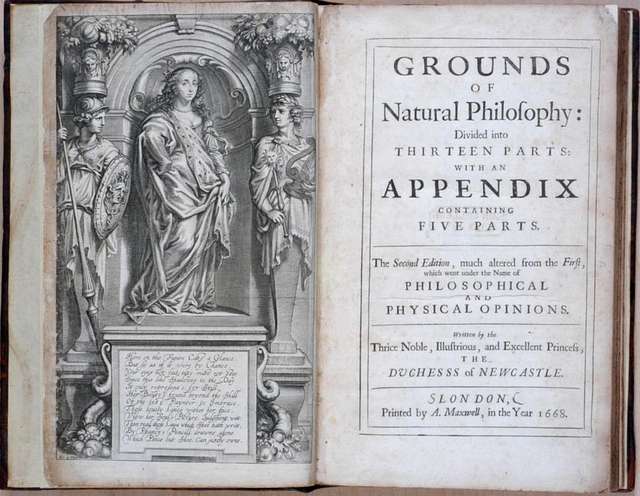 In her biography of 17th-century author Margaret Cavendish, Pure Wit, Francesca Peacock shines light on often-overlooked aspects of Cavendish's life and work, including her contributions to Western philosophy. From the beginning of her philosophical career, she believed in materialism. Simply put, this is the theory that everything that exists is material and that the events we observe in the world are the result of interactions between matter.
In her biography of 17th-century author Margaret Cavendish, Pure Wit, Francesca Peacock shines light on often-overlooked aspects of Cavendish's life and work, including her contributions to Western philosophy. From the beginning of her philosophical career, she believed in materialism. Simply put, this is the theory that everything that exists is material and that the events we observe in the world are the result of interactions between matter.
This theory rejects the idea of an incorporeal spiritual world—in a materialist view, the soul is either made up of matter like the physical world, or does not exist. In her early writings, Cavendish was a proponent of atomism, a branch of materialism that suggests that the universe is made up of unchangeable pieces, or atoms, in a void. A version of atomism would be proven by scientific experimentation starting in the 19th century, but in Cavendish's day atomist theories were based on Ancient Greek ideas.
However, while ...
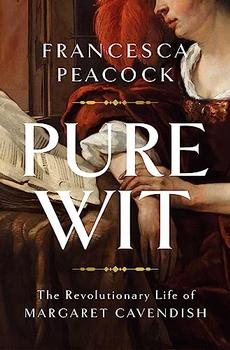
 Book Reviewed by:
Book Reviewed by:

